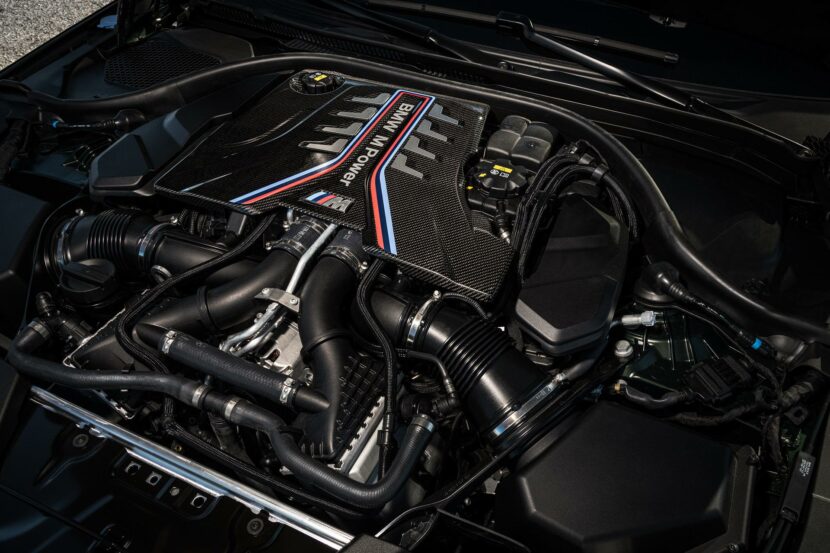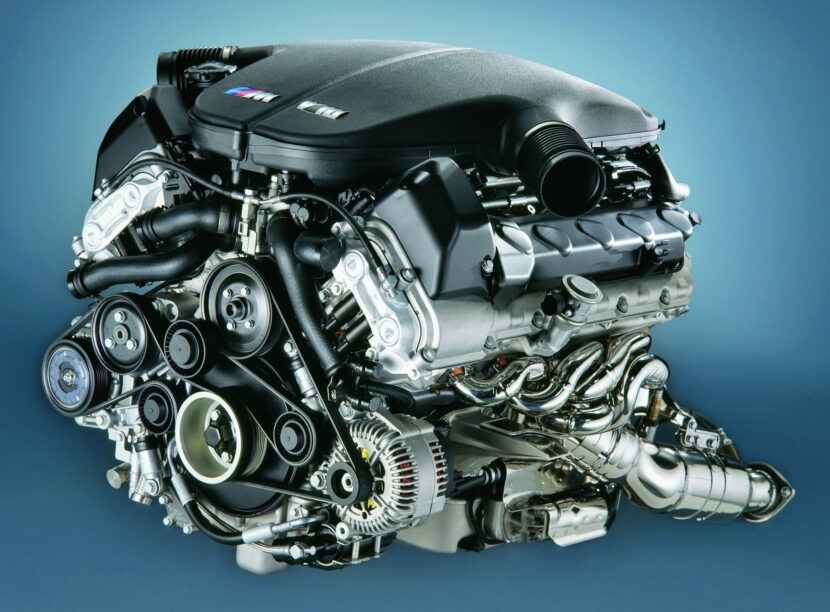Go to any car show, be it large or small, Pebble Beach or Cars and Coffee, and you’re guaranteed to see two things; great cars and great watches. Typically, car enthusiasts are watch enthusiasts as well. The two go together like cookies and milk, wine and cheese, beer and football. But why?
Since the dawn of the automobile, the sorts of people that appreciate cars are typically the sorts of people that also appreciate watches. There’s been a connection between the two for as long as they’ve both existed and the reason comes down to one thing — the appreciation of engineering.
That appreciation for engineering not as pretentious as it sounds; it’s not as if us car/watch enthusiasts are purveyors of only the finest mechanical goods. It’s just the appreciation of the work and effort that goes into being able to create complex machines from nothing more than some pieces of metal. Even the simplest mechanical watch or the cheapest car is a monumental feat of engineering and mechanics, a feat that impresses and excites a certain kind of person. So we thought we’d take a look at the mechanics of both watches and cars to see why enthusiasts of one are usually enthusiasts of both.
Watches and cars work in very, very different ways. However, they both have some fundamental similarities that make them interesting. But let’s start with the older of the two — watches.
This Watches & Cars series is brought to you by TheWatchBox. We teamed up with them to create some sponsored stories on watches and their intersection with cars. If you are interested in adding a Rolex Daytona to your own collection or just looking to find out more about the model, check out our friends over at WatchBox. You can also read about the Daytona racing history and the Rolex Daytona in our previous article.
Watch Movement
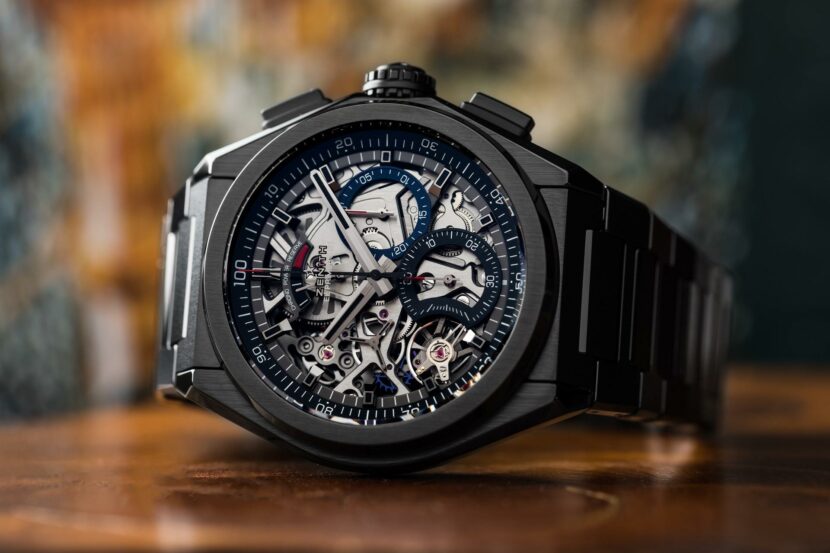
At the heart of any watch is a movement. The movement is what actually tells time; be it a mechanical movement or a battery-powered quartz movement. Let’s stick with mechanical movements, as they’re the more fascinating of the two and the ones that most car enthusiasts appreciate more.
Mechanical watch movements date back to the 16th century and is actually one of the most fascinating mechanical devices in history. In the most basic of terms, a mechanical watch works by winding a mainspring, which then transfers its energy to gears which make the hands move. However, it’s actually far more complicated than that.
To make a mechanical watch movement work, one must first turn the crown of the watch. The crown is the little knob that sticks out of the side of the watch case. When you turn that crown, it winds a mainspring, which naturally causes the spring to store energy. As the spring slowly unwinds, it transfers its energy into a gear train, which in turn transfers that energy into what’s called an escapement.
The escapement is made up of an escape wheel, which is a funny looking gear, and a pallet fork, and its job is to prevent the mainspring from unwinding all at once. Instead of unwinding all at once, the escapement meters out the energy to the balance wheel, which then beats back and forth at a constant rate. Every certain number of beats transfers that energy to the watch hands, to measure time.
In a manual mechanical movement, often referred to as hand-wound movements, the wearer must manually wind the crown every day (or every two or three days, depending on the power reserve of the movement), to store energy in the mainspring.
However, automatic mechanical movements use an oscillating weight, or a rotor, which is usually a semi-circle weight that uses motion from the wearer of the watch to swing back and forth and wind the mainspring. With an automatic, or self-winding, movement, the wearer doesn’t have to wind the crown manually, so long as they wear it often enough for the rotor to wind the watch.
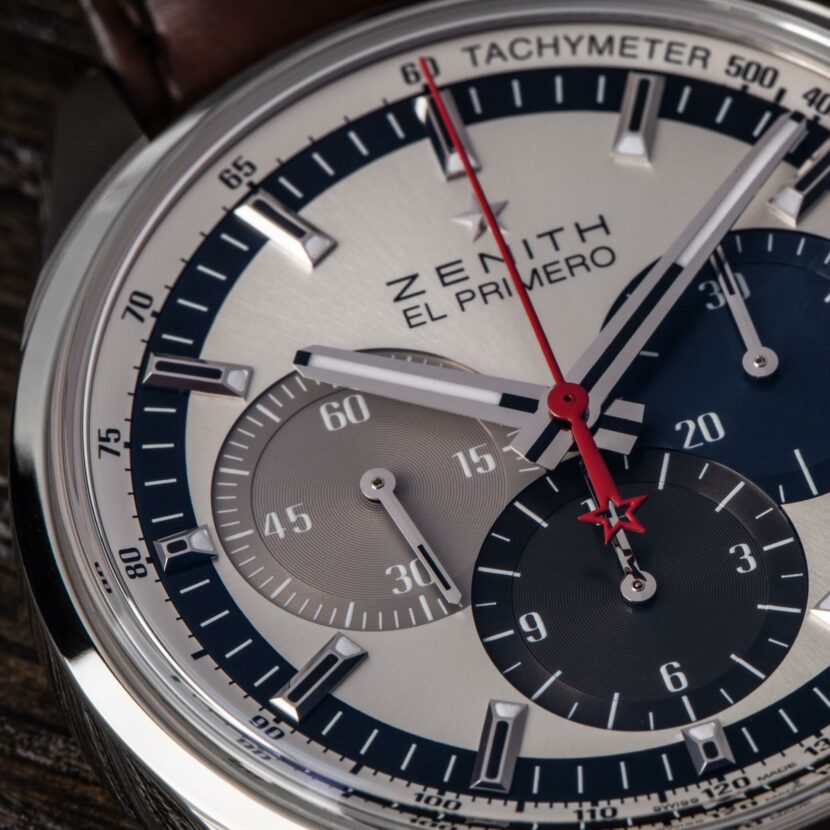
Additionally, there are several different functions that can be added to a basic mechanical movement. Those functions are called complications and they can very from date wheels to chronometers and even the ability to display a second time zone. All of which are done mechanically, which is what makes any sort of watch complication expensive.
If you take a look at a mechanical watch movement up close, it’s almost impossible to not be mystified. Mechanical watch movements are made up of countless, incredibly small parts that require magnifying glasses and unbelievably small specialized tools to worth with. It almost doesn’t seem possible to make such a complex piece of machinery out of such small parts. Yet not only is it possible but it’s been done successfully for hundreds of years.
Car Mechanics
In a way, cars are far more complex machines than watches, as they obviously have far more functions than even the most complex of watches. However, if you take a look at the basics of an automobile, in a way, they’re actually less complex machines.
Let’s not dig into things like electronics, infotainment, and luxury features. Instead, let’s take a look at what drives an automobile — its engine. Just as a movement drives a watch, an engine drives a car. Sure, there are electric cars as well but, just like with most watch enthusiasts, the mechanical version is more interesting.
With a piston engine, which is the most commonly used automotive engine by far (there are rotary engines and steam engines but neither are really in use anymore), you have a set of pistons that travel up and down to create internal combustion, which then transmits power to the wheels. That’s obviously an over-simplification but because there are so many components to an entire automotive drivetrain, we’re going to focus on the engine.
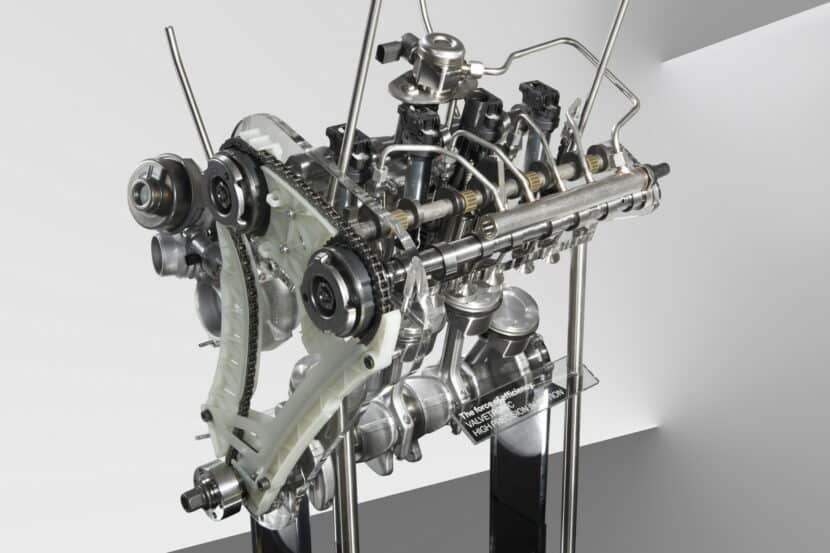
There are two main structural components to an engine; a crankcase and a cylinder head. The crankcase houses what’s called a crankshaft, which is essentially what turns the gears in the transmission (again, oversimplifying). The crankshaft has connecting rods attached to it, which hold pistons. As the crankshaft turns, those pistons rise and fall in the cylinder head above them.
As a piston rises, it compresses a fuel and air mixture in its cylinder, that fuel and air mixture is then ignited via spark and combusts, forcing the piston back down and turning the crankshaft a bit, which in turn causes a different piston to rise. Rinse and repeat. As that combustion occurs over and over and over again, very quickly, those pistons turn the crankshaft very quickly, which sends the engine’s power to the transmission, which uses that power to turn a driveshaft, which in turn spins axles that are connected to the wheels.
Obviously, there are a vast number of additional components involved. For instance, an air intake manifold brings air into the cylinders. Valves attached to camshafts inside the cylinder head open and close to allow both air into the cylinders and combustion exhaust gases. Often times in modern engines, turbochargers (or superchargers) compress the air that’s brought into the cylinders, thus allowing for more fuel to be used and therefore a larger combustion and more power.
Similarities Between the Two
As you can see, watch movements and piston engines work very differently but they do both have some similarities. For instance, they both require power to be added from outside sources; a watch movement requires the winding of a spring via either human interaction or gravity and a piston engine requires gasoline (or diesel) to mix with air and combust.
They also both use converted energy to turn gears and wheels. But mainly, they’re both a complex series of systems that require immense amounts of brilliant engineering to function. For nerds like us, both can be fascinating and inspiring, which is why cars and watches work so well together and why fans of one are usually fans of the other as well.
Five Watches for Enthusiasts of Both
Rolex Daytona
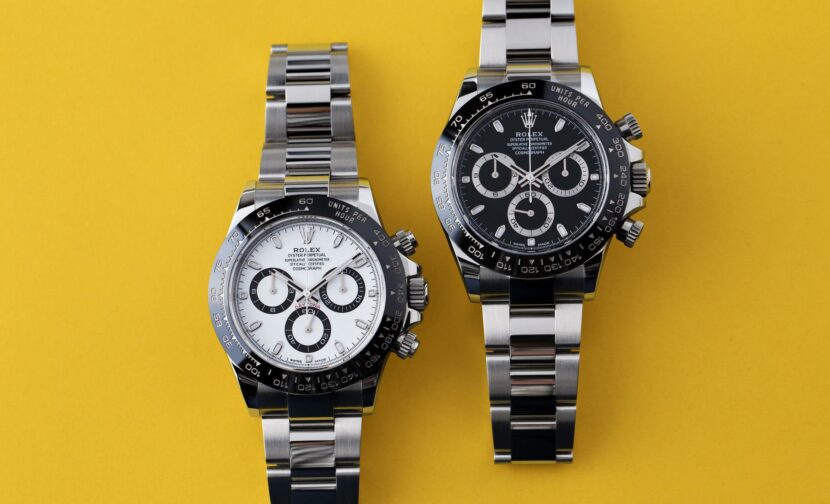
There’s no watch that more famously blends motorsport and horology than the Rolex Daytona. Not only is it named after a famous motorsport event — the 24 Hours of Daytona — but it was made famous by Paul Newman. After Newman made it famous, it was then adopted by countless other racing drivers and is still the go-to watch for anyone involved in motorsport.
Tag Heuer Monaco

Just as Paul Newman made the Daytona famous, the Tag Heuer Monaco was also made famous by an actor during a similar era — Steve McQueen. The Monaco isn’t as horologically as impressive as the Daytona but it’s arguably more interesting looking, thanks to its square dial and iconic blue face (though, it does come with other color options).
Chopard Mille Miglia

The Chopard Mille Miglia is an interesting watch because it pays tribute to one of the most incredible, yet not widely known, races of all — the Mille Miglia. While the chronograph doesn’t sport the most unique of designs, it does have some prestige and a unique rubber trap that’s designed to look like tire tread.
Omega Speedmaster Racing
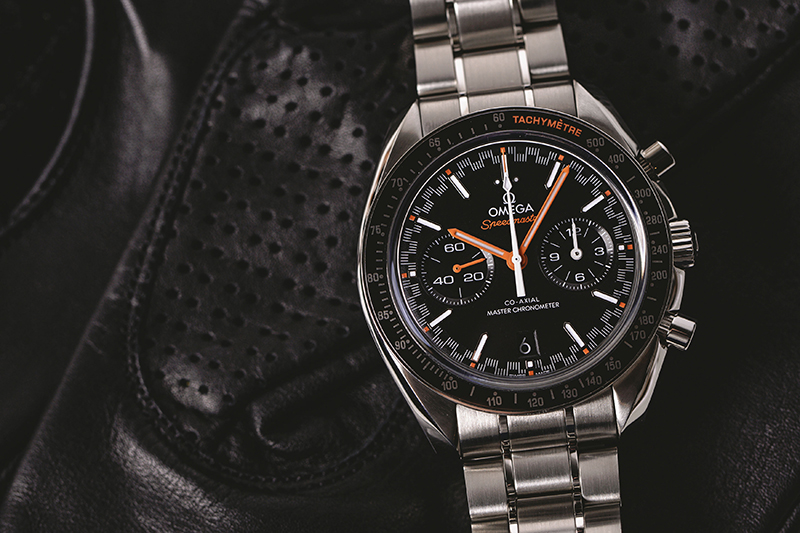
While the Omega Speedmaster isn’t known for its motorsport heritage, instead being famous for being the first and only watch to ever be worn on the moon, the Speedmaster is actually an excellent watch for motorsport, due to an accurate chronograph movement. The Speedmaster Racing is as beautiful as the Moonwatch and every bit as accurate as a racer needs it to be.
Breitling x Bentley
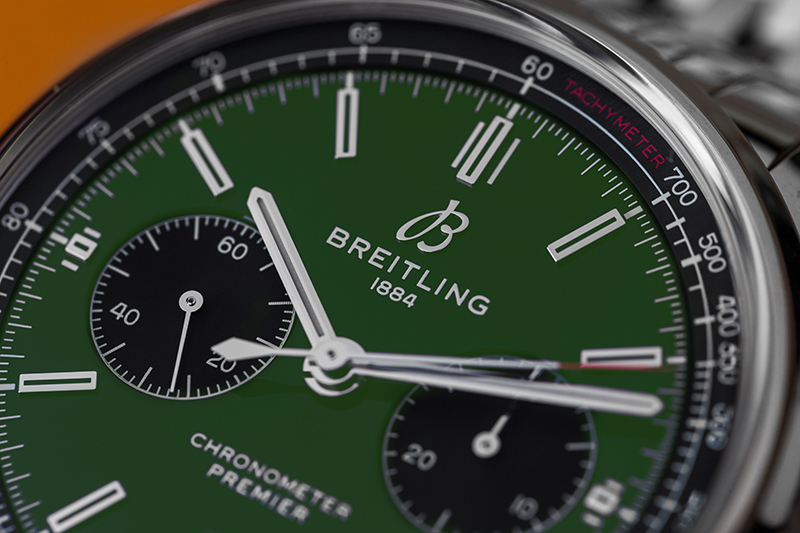
Like Rolex, Tag Heuer, and Chopard, Breitling has been the sponsor of numerous motorsport evens but what really stands out for the Swiss watch brand in the world of motorsport is its partnership with Bentley. The simple yet beautiful Breitling x Bentley chronograph is a perfect compliment to one of the most luxurious automotive brands on the planet and it can even match the clock in your Bentley’s dash.



